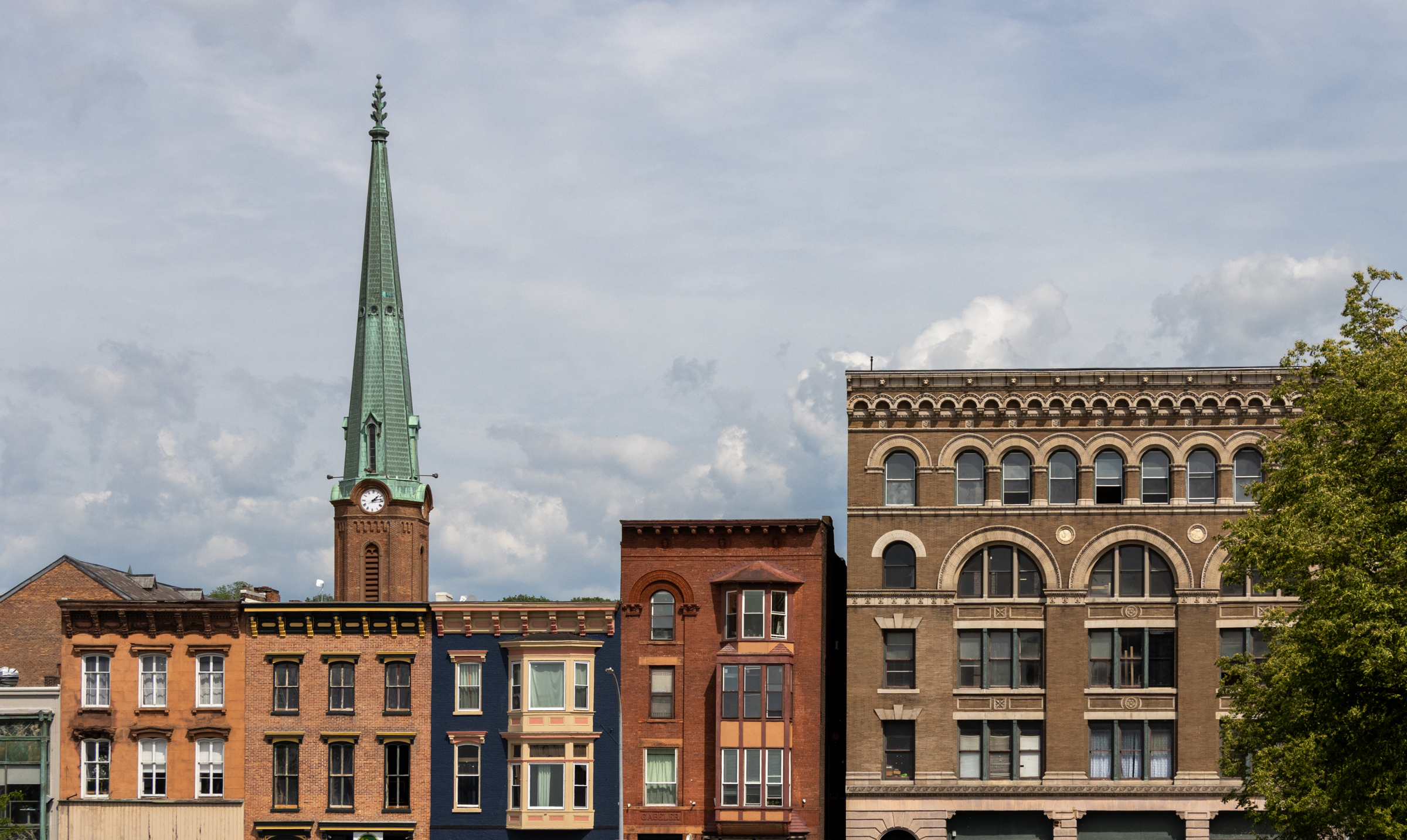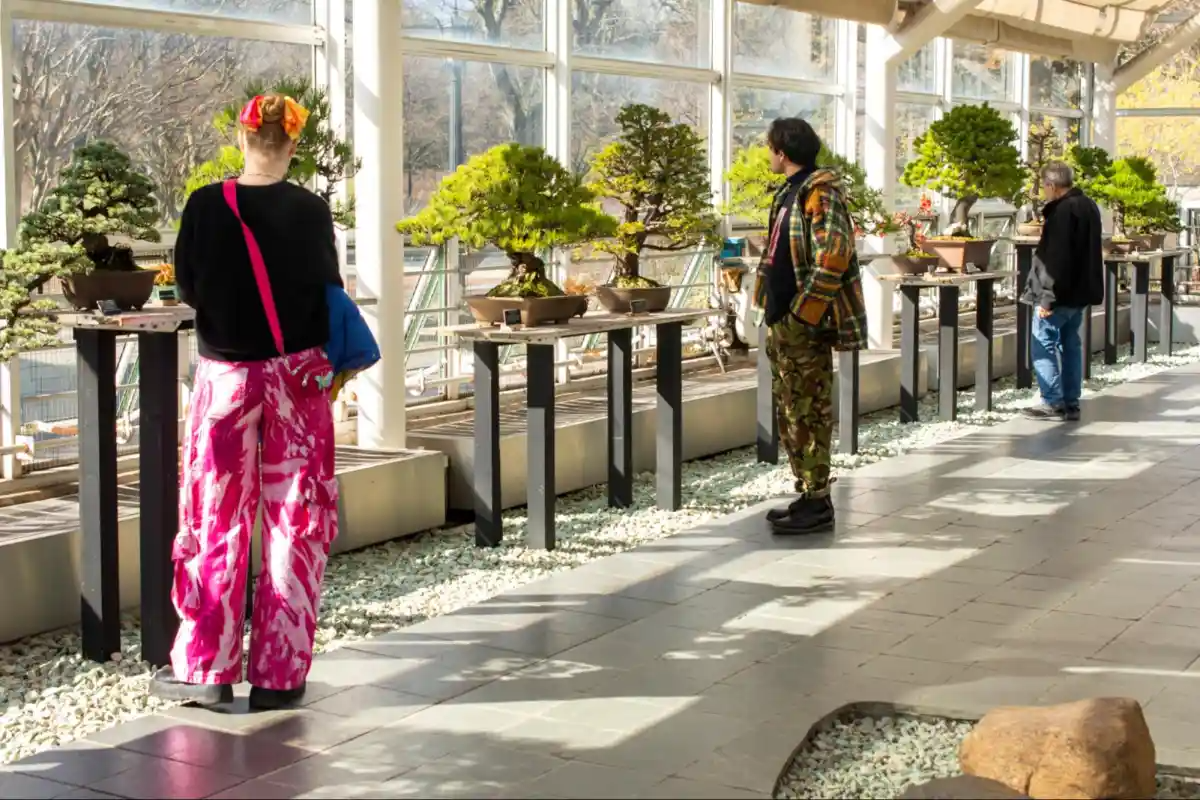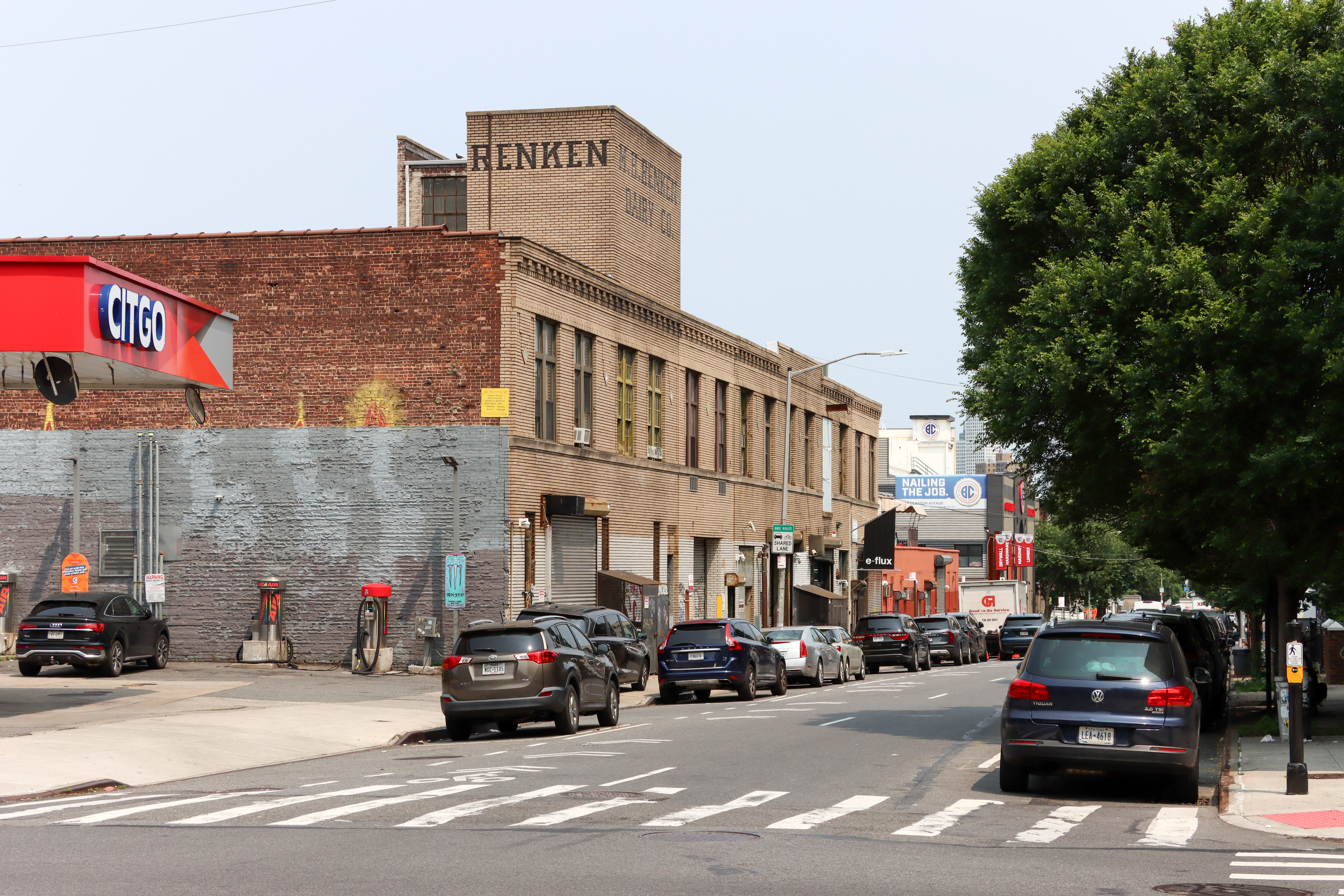Building of the Day: 37-53 Linden Street
[nggallery id=”56423″ template=galleryview] Brooklyn, one building at a time. Name: Row Houses Address: 37-53 Linden Street, between Broadway and Bushwick Avenues Neighborhood: Bushwick Year Built: 1888 Architectural Style: Queen Anne Architect: Frank Keith Irving (aka F.K.Irving, F. Keith Irving) Other buildings by architect: 1332 Bergen St, CHN, 130-132 Prospect Pl, Prospect Hts Landmarked: No, but…
[nggallery id=”56423″ template=galleryview]
Brooklyn, one building at a time.
Name: Row Houses
Address: 37-53 Linden Street, between Broadway and Bushwick Avenues
Neighborhood: Bushwick
Year Built: 1888
Architectural Style: Queen Anne
Architect: Frank Keith Irving (aka F.K.Irving, F. Keith Irving)
Other buildings by architect: 1332 Bergen St, CHN, 130-132 Prospect Pl, Prospect Hts
Landmarked: No, but should be, as soon as possible.
The story: These are exceptional houses. Everything about them says excellent residential architecture for an urban setting. The scale is small and low, matching the other houses on the block, also built around the same time, and contextual with the neighborhood. The side streets of Bushwick are of much smaller scale than Bushwick Avenue itself, which is a combination of large mansions and taller row houses and tenements. The brick is warm and evokes a sense of comfort and home. The houses are wide enough for comfort, with generously spaced windows. The dog leg stairway adds mass to the façade, and allows for the use of some great artistic and whimsical ironwork, which is remarkably intact throughout the group. And then we have the rest of the ornament.
The American Victorian aesthetic was greatly influenced by the English Arts and Crafts Movement, begun in the 1860’s by William Morris and his friends and associates. Central to their philosophy are a love of beauty and pattern, and an appreciation of craftsmanship and artistic talent, a philosophy that would be come to be called the Aesthetic Movement, where beauty for beauty’s sake was treasured. This movement would cross the ocean and be manifested in many, many ways, and in architecture, that love of surface ornament and craftsmanship would be realized in the many kinds of ornament used in Romanesque Revival and Queen Anne architectural styles. Here we have a wealth of terra-cotta, fine ironwork, stained glass, and pressed metal cornices, all of great beauty, and unusual in their wealth of application in middle class homes.
The terra-cotta is a standout, and these buildings are another testament to this building material’s strength and durability, as well as ability to be sculpted into so many intricate and beautiful patterns. The stained glass is more subtle, in the transoms above the door and windows, but adds to the charm. It must be a joy to climb those stairs that dance in wrought iron, and who wouldn’t smile while looking at the pressed metal cornices, alternating with Classical swags, and geometric designs reminiscent of Native or African patterns. What an unusual and inventive combination! The block is anchored by the corner house on Bushwick, which is similar, yet much more. We’ll look at that one in more detail on Thursday, to coincide with the wrap up of architect Frank Irving’s story, which is the topic of today’s Walkabout. Please check it out. His career is quite surprising.
Finding the architect of these buildings has been the goal of Brooklyn’s architectural historians for the last 30 years. The discovery was made this year by a group of 11 students in Columbia University’s graduate program in Historic Preservation, who conducted a masterful study of Bushwick Avenue and surrounding blocks, with the goal of historic district(s) status, as well as preservation, urban re-investment and community empowerment. They were under the able direction of Professor Ward Dennis, who sent me the link to the Bushwiki website created by the students. It’s a great study, extremely well done, and an important document for historians, preservationists, and the people of Bushwick. Professor, I hope you gave them all A’s. http://bushwick-studio.wikispaces.com/





“Back in the day you had to keep your 78s absolutely free of dust!” LOL.
Montrose, does the (historic, not 78) record state that these were single family houses?
Also, I think it should be noted that the house on the corner, while more conventionally Queen Anne, is quite special. There’s something about the slightly raised decoration…
The house looks as if it were designed for a special person. I wonder who lived there. Or maybe the architect designed it for himself?
It’s bizarre- I totally love it. But sorry Minard. Your tattoo looks more like a very stylized classic border pattern. Or an oriental one. Maori did not have bevels. So not only must you give back the Maori credentials, but sadly, the loin cloth as well.
I usually find these goodies when I’m not looking for them. I think I tripped over the entry looking for something else. It’s part of the reason why looking something up in the Guide can be an all-day experience.
My only complaint is that sometime during the 1890’s, they printed a separate guide to Brooklyn, which Avery did NOT digitize, and you can go through issue after issue with no mention of Brooklyn. No end of frustration over that, but all in all, it’s a wonderful resource, and greatly, greatly appreciated.
OK, OK, OK. Search for “Linden + Bushwick” (1929 map shows that the row extended to the corner) for the decade of 1880s does not yield the desired result under “Projected Builings” or “New Buildings.” Only other option I see – at least digitally – is going through 361 repeat 361 listings for 1880-1889. Yes, that is hard.
But I still think kids today have it easy. Back in the day you had to keep your 78s absolutely free of dust!
Hats off, Christopher
MM, I believe we are on close enough acquaintance that you may address me by my nickname, “Sir.”
Only if I can be called “Your most serene highness”, Sir.
Good idea, mg.
“Mr. Gray, February 11, 1888, pages 181-182.”
MM, I believe we are on close enough acquaintance that you may address me by my nickname, “Sir.”
I’m an alum of the Columbia HP program (’07) and I must emphasize the incredible value that the now digitized Real Estate Record & Builders’ Guide will have on building research in NYC. It was a multi-year endeavor (and costly one too) on behalf of Columbia’s Avery Library to scan those hundreds of fragile volumes. Only in the last year (or two?) has this online tool been available. Before then, I had to make special trips to the cellar of Avery at Bway & 116th St to look at these, and luckily for me being an alum I have lifetime access. But now I can pull the information up in a heartbeat and save a trip (and a run-in with on old professor who was difficult). Big kudos to the Avery library staff!
MM: May I suggest a future post that examines this undervalued publication?
Mr. Gray,
February 11, 1888, pages 181-182.